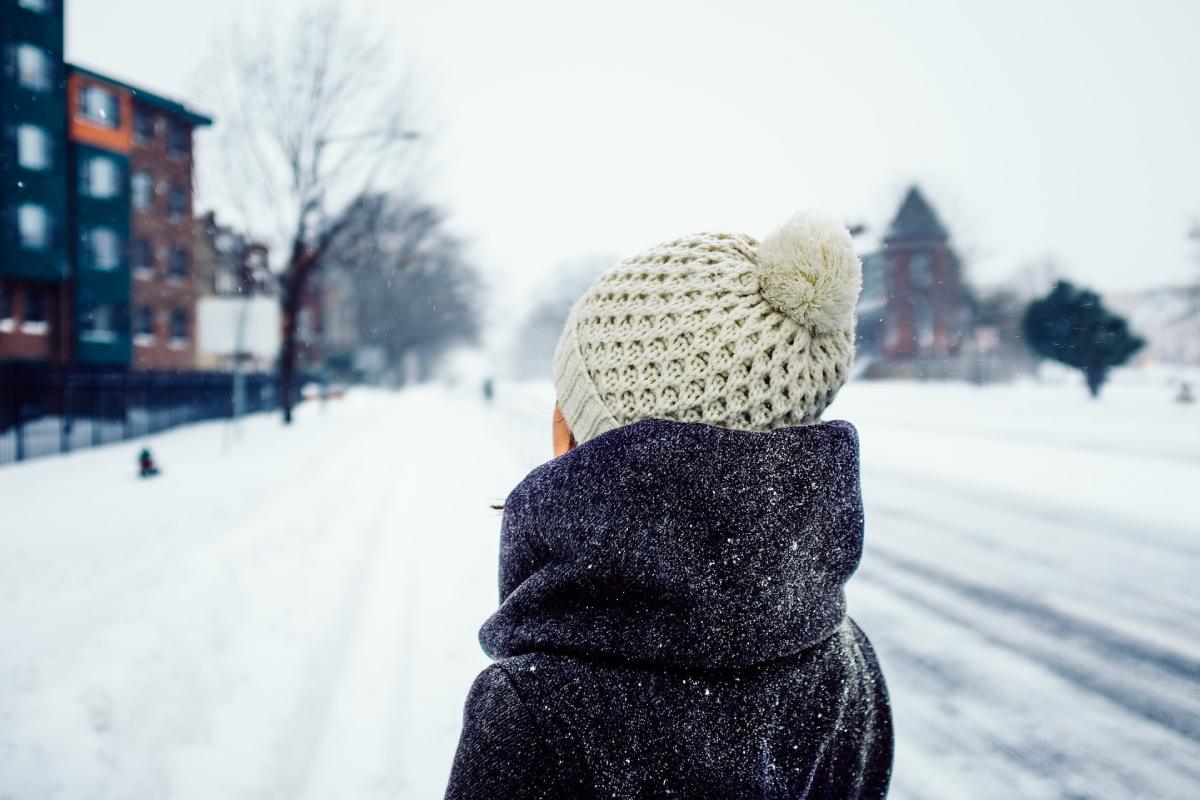You can’t blame yourself for wanting to spend the winter being warm and cozy indoors. Going outdoors can be daunting at times, but ignoring what’s happening outside your house can be dangerous. As the wind starts howling and the snow starts falling, the risk of injuries and property damage start rising. As a responsible homeowner, you must keep the exterior of your house as well maintained as the interior.
Tackling outdoor chores is physically taxing, and the cold weather can make it more challenging. It’s a tough job, no doubt, but there are ways to make the tasks easier and safer. Here are five tips on how to tackle outdoor chores and conquer the frosty season fearlessly.
Table of Contents
1. Dress for the Occasion
Going out in the cold without proper winter gear is like going for battle without armor. Make sure you dress in layers to maintain warmth and the flexibility you need to move easily. Unless temps are truly frigid, a lined Carhartt hoodie with water-resistant finishing could keep you nicely warm and dry. Roomy pockets are a bonus to keep your cell phone with you as you work. When jeans aren’t enough, go for insulated overalls or fleece-lined pants to keep your legs protected from cold.
In addition, you need a cozy hat that covers your ears as well as heavy-duty gloves and boots. While dressing up for winter chores, it’s not about style but rather functionality. Keep in mind, you may be using power tools, so your gloves should be sturdy. Choose gloves designed with extra grip and a cuff strap so they fit snugly on your hands. You wouldn’t want your gloves to tear or slip as you remove the ice and snow.
2. Use Proper Snow and Ice Removal Practices
Depending on where you live, the ice and snow may be winter guests that stop by each year. Instead of winging it, learn proper snow shoveling techniques to avoid muscle injury. Avoid walking or driving on new snow, as it gets harder to remove when compacted. If snowfall is of epic proportions where you live, invest in a snow blower, especially if heart issues make shoveling dangerous for you.
Ice may be a bigger threat to your safety than snow. Before you start working outdoors, sprinkle de-icer on ice patches to avoid slipping and falling. Rock salt can cause skin irritation and inhibit plant growth, so avoid using it if there are pets or vegetation around. If eco-friendly ice melt isn’t available, you can use a mixture of dish soap and rubbing alcohol in hot water to remove ice. Once the ice and snow are out of the way, you’re all set to work on other tasks.
3. Don Protective Gear When Tackling Winter Gardening Chores
Even without leaves and flowers, your garden still needs your attention. As chilly winds blow fiercely, they carry with them leaves, twigs, and other debris that clutter your yard. Not only is this detritus an eyesore, but it also becomes a soggy mess when the snow melts. Start by clearing away the debris and use it to make mulch. Winter mulching is crucial to protect your plants from freezing temperatures and lock in moisture for the future.
Another proactive way to prepare for a beautiful garden in the spring is to trim trees in the winter. It’s a better time than summer, as the dormant branches are bare, and you can see the structure clearly. Use a chainsaw to cut off any branches that are damaged before they fall on their own and hurt someone. Your own safety is paramount, so wear safety goggles with side shields to avoid wood chips injuring your eyes. Trimming large boughs can be dangerous, so don’t hesitate to call the experts if needed.
4. Light Up Winter Nights
Dark nights are quicker to arrive in winter, bringing with them the additional risk of trips and slips. By lighting up your front lawn or back yard, you’ll do yourself and your family a favor. Invest in solar-powered lights, which are great for the environment as well as your electric bill.
Having a well-lit house boosts its curb appeal and provides an extra layer of security. Consider installing motion sensor lights; these turn on when someone approaches the house and can scare away trespassers. Remember that the temperature fluctuations may affect these fixtures, so periodically check the shades for cracks and secure any exposed wires. Caulking is a practical way of weatherproofing outdoor light fixtures and protecting them from extreme weather.
5. Stop to Warm Up
While you protect your property from the effects of extreme weather, don’t forget about yourself. Winter chores are a marathon, not a sprint. Take regular breaks to warm up inside with a hot beverage. Your muscles may not be used to this extreme activity, so give them time to adjust.
You may want to finish off all your outdoor work in one weekend, but your body may not agree. Pay attention to any warning signs like chest pain, dizziness, or muscle spasms. It’s a good idea to have someone nearby who can come to your aid or seek medical help, if needed. Alternatively, there are probably plenty of local contractors who can handle these tasks on your behalf. So if any winter chores pose a health or safety risk to you, entrust them to the professionals.
Enjoying the Indoor Relaxation You’ve Earned
Once your outdoor responsibilities are taken care of, you can snuggle up inside. Sit by the crackling fireplace with some hot cocoa and enjoy the winter wonderland from a pleasant distance. The snow may fall again, and some tasks may need to be repeated. But for now, enjoy your steaming beverage, your achievements, and your wintry view.

